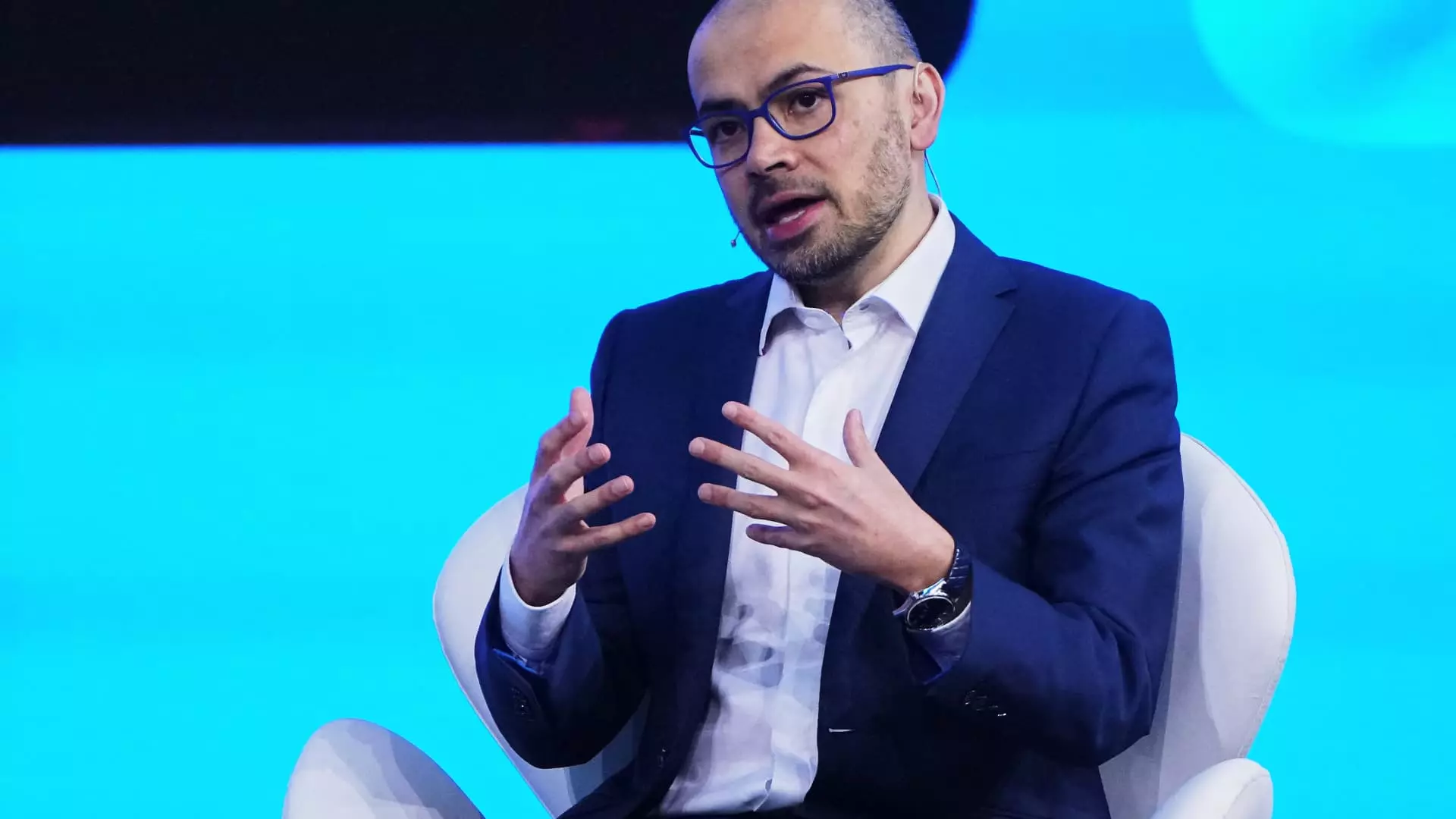Recent developments within the rapidly growing field of artificial intelligence have sparked intense discussions among tech leaders and various industry experts. The spotlight has been cast on Deepseek, a Chinese AI firm that claims to have developed a sophisticated AI model at significantly lower costs compared to its competitors like Google DeepMind and OpenAI. Demis Hassabis, CEO of Google DeepMind, recently acknowledged Deepseek’s model as perhaps the “best work” emerging from China; however, he tempered his praise by noting that it does not introduce new scientific breakthroughs. This nuanced view accentuates the ongoing tension between innovation and hype within the AI landscape.
The announcement of Deepseek’s research paper, which disclosed details regarding its model’s cost-effectiveness and its ability to function on less-advanced Nvidia chips, sent shockwaves through global markets. Share prices of leading tech firms took a hit, as investors began to question the financial architecture underpinning AI development. The implication that large technology companies might be over-investing in AI infrastructure has raised eyebrows and fueled debate. While the efficiency claims made by Deepseek are compelling, they beg the question of whether such advantages are genuine or merely marketing strategies.
Engineering Excellence vs. Scientific Innovation
Hassabis characterized Deepseek’s engineering capabilities as “extremely good,” indicating a level of respect for their technical prowess. However, his assertion that the model relies on established AI techniques signifies a preference for novelty and groundbreaking technologies over mere efficiency. If Deepseek has indeed succeeded in creating an economically viable AI solution, the broader context—where innovation is quantitatively valued—leaves much to be desired.
It prompts the question: is the AI industry increasingly prioritizing operational efficiencies at the expense of fundamental scientific advances? By relying on existing techniques to yield impressive results, companies may be stifling the type of innovation that has historically driven the field forward. Moreover, critics argue that the publicized cost-effectiveness of Deepseek’s model may not reflect the actual expenses involved in its development, raising doubts about the transparency and sustainability of such claims.
AGI: A Brave New World?
Amidst these discussions, the specter of artificial general intelligence (AGI) looms large. Hassabis expressed optimism about the industry’s trajectory toward AGI, indicating that such feats could potentially be achieved within the next five years. While his assertion resonates with similar sentiments expressed by other figures in the tech realm, including OpenAI’s Sam Altman, it also underscores the urgency for society to prepare for the implications of AGI.
The potential of AGI evokes both excitement and trepidation. Proponents argue that superintelligent systems could contribute significantly to global challenges, such as healthcare and climate change. Conversely, alarm bells are ringing among experts regarding the risks associated with loss of control over these autonomous systems. Prominent AI scientists like Max Tegmark and Yoshua Bengio have cautioned that, should we fail to implement effective governance and ethical frameworks, we could be courting disaster.
As the AI landscape continues to evolve, the arrival of Deepseek has brought previously concealed challenges to the fore. While it undeniably highlights the impressive strides being made outside traditional tech hubs, it also invites scrutiny about the future direction of AI development. As we stand on the precipice of AGI, it is essential to balance the pursuit of engineering excellence with a commitment to pioneering scientific innovation.
The dialogue surrounding Deepseek’s impact and the broader implications of AGI is far from over. Industry leaders, policymakers, and technologists will need to engage in meaningful conversations about safety, ethics, and the societal repercussions of AI advancements. Navigating this landscape requires a delicate balance between harnessing potential and mitigating risks—an endeavor that all stakeholders must prioritize as we move into an uncertain yet promising future.


Leave a Reply